Trends
The trend of employees returning to offices is entirely logical, as working in a collective environment is more efficient and contributes to increasing company profits. However, the battle for silence and the ability to concentrate in the era of open spaces continues. Remote work still competes with office work on a hybrid schedule due to employees' dissatisfaction with office noise. The clamor of phone calls, uncontrolled conversations of nearby colleagues, and increasing ambient noise distract from productive work. Therefore, preference is given to working from the quiet home environment. So, how can we address this issue, and how can businesses alleviate the burden of noise? Tells Alesya Karnaukhova, CEO of ZIKZAK Architects.
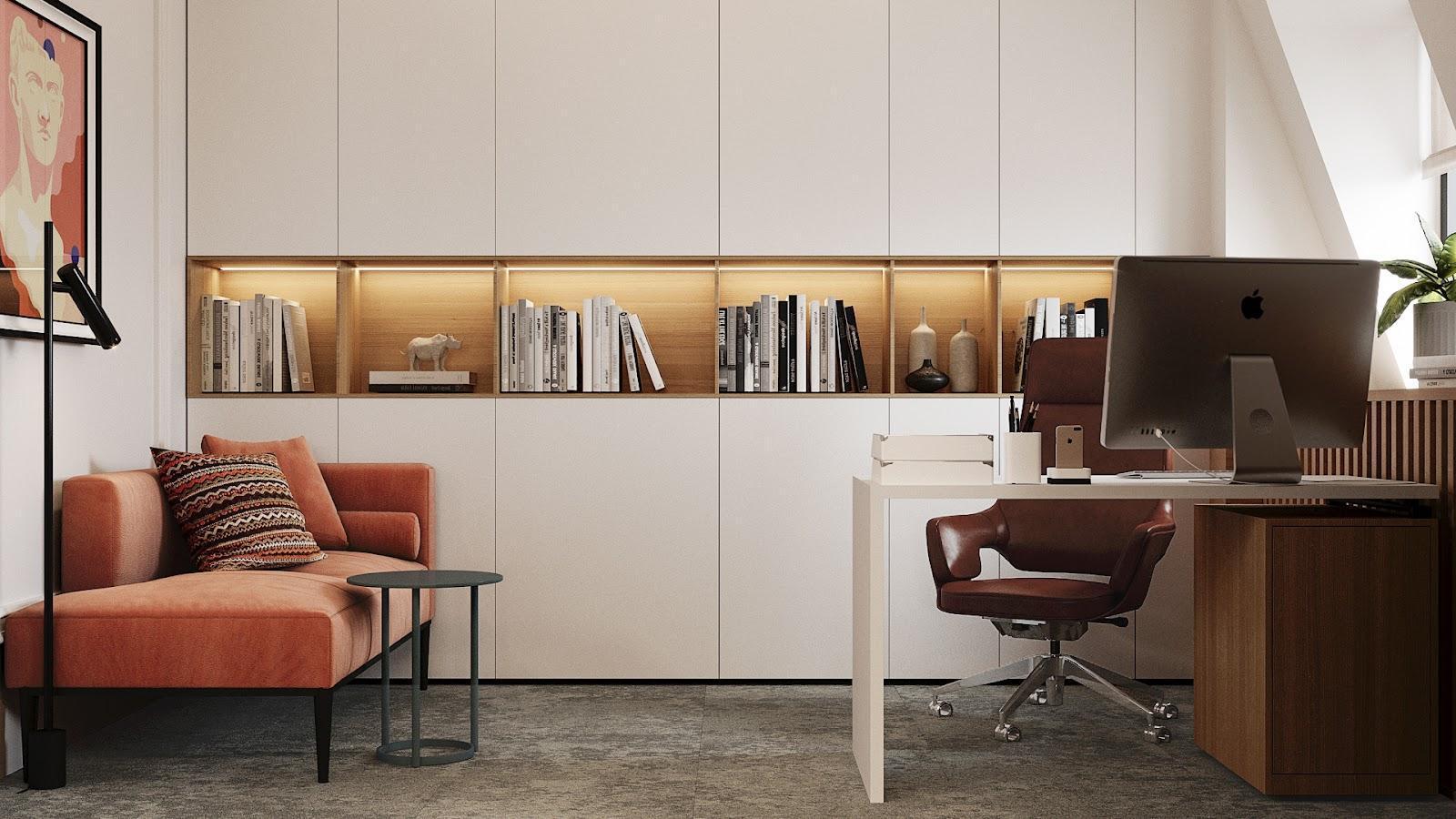
Picture ZIKZAK Architects
Investing in noise reduction in offices
Employers should take investment in noise-reducing solutions seriously. Businesses should pay proper attention to acoustics in the office. Noise-canceling headphones are not the best option as they act as a barrier to inter-team live communication. Instead, acoustic solutions should be integrated directly into the interior space. The acoustic comfort of a room depends on the quality of sound insulation of its enclosing structures and the sound-absorbing characteristics of finishing materials, furniture, and other furnishings. Sound insulation involves a set of measures to reduce the level of sound passing through partitions between adjacent rooms. The degree of sound absorption determines the duration of reverberation, affects speech intelligibility, and the presence of noise in the space.
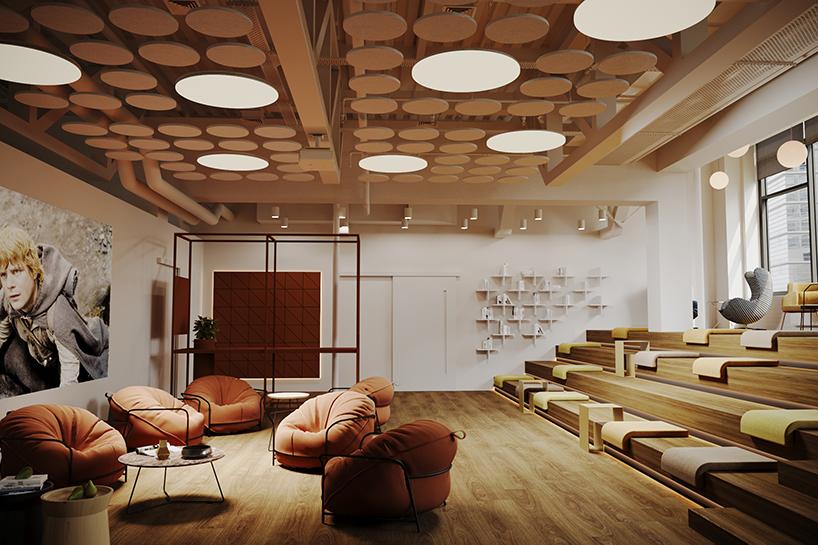
Picture ZIKZAK Architects
Acoustic comfort
Acoustic comfort is achieved through a comprehensive set of tools, including office zoning with consideration of sound load, placement of screens, proper selection of flooring coverings, thoughtful placement of furniture, and other non-obvious elements that only an experienced architect can anticipate. Reducing external noises demonstrates care for employees, which significantly enhances their work efficiency.
Currently, the use of acoustic sprays is relevant. They are applied to the ceiling and engineering communications located on it. Covering a large surface area, the applied coating "absorbs" sound energy, meaning it is absorbed rather than reflected. Solid surfaces filling the office contribute to intense noise reverberation and echoes. Coatings obtained with acoustic sprays dampen sound, making the space much more comfortable for people in the office.
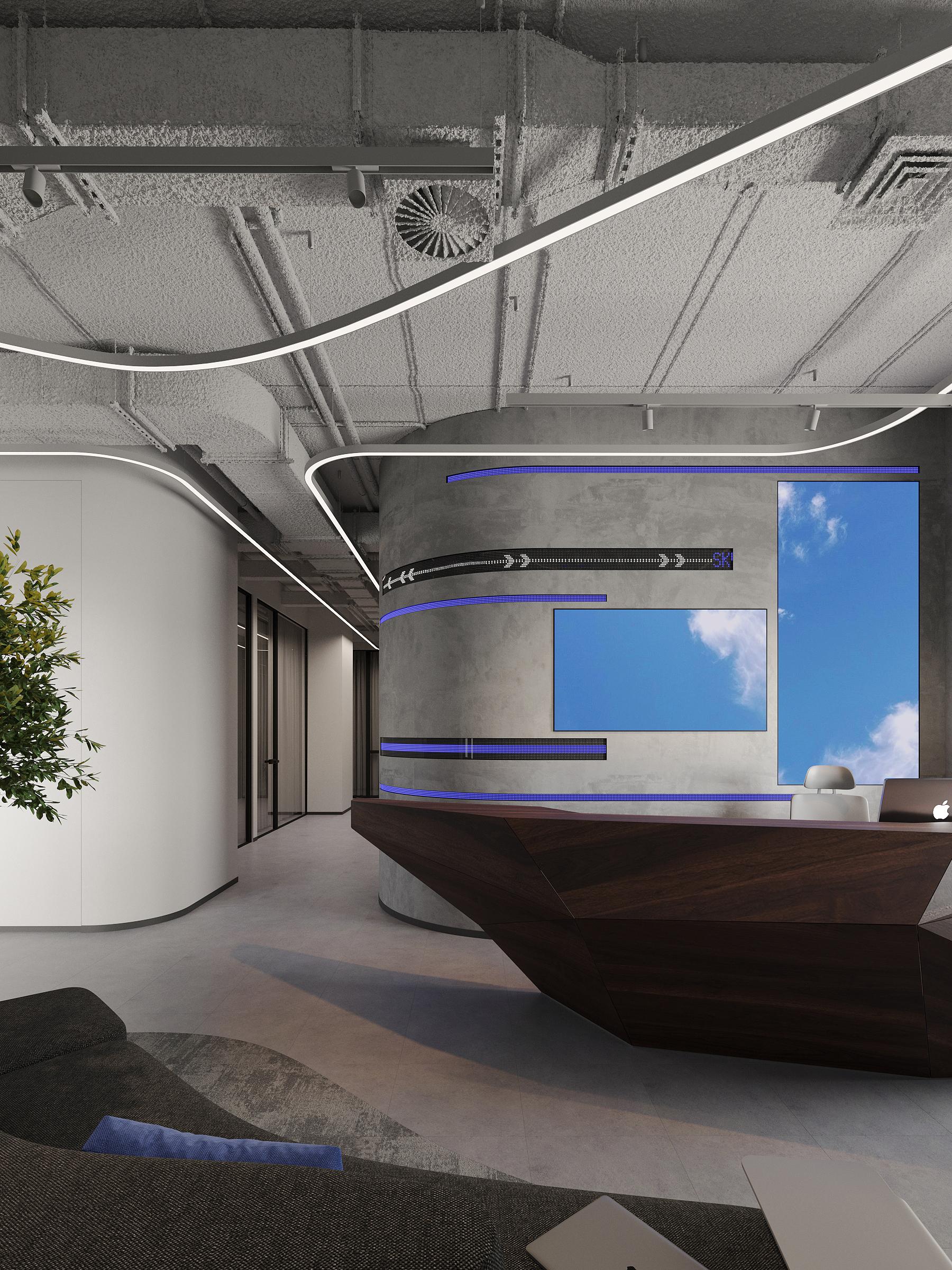
Picture ZIKZAK Architects
Acoustic solutions are a crucial tool in the design of modern offices, facilitating effective teamwork as well as hyper-focused individual work. Professional acoustic design prevents workspaces from becoming battlegrounds of sound, where the loudest voice prevails. Acoustic comfort allows teams to creatively collaborate without disturbing others. Simultaneously, employees can experience the coziness of solitary home work when needed.
In addition to functionality, elements of modern acoustic solutions complement the aesthetics of the space. Their design can be unique, stylish, and imaginative.
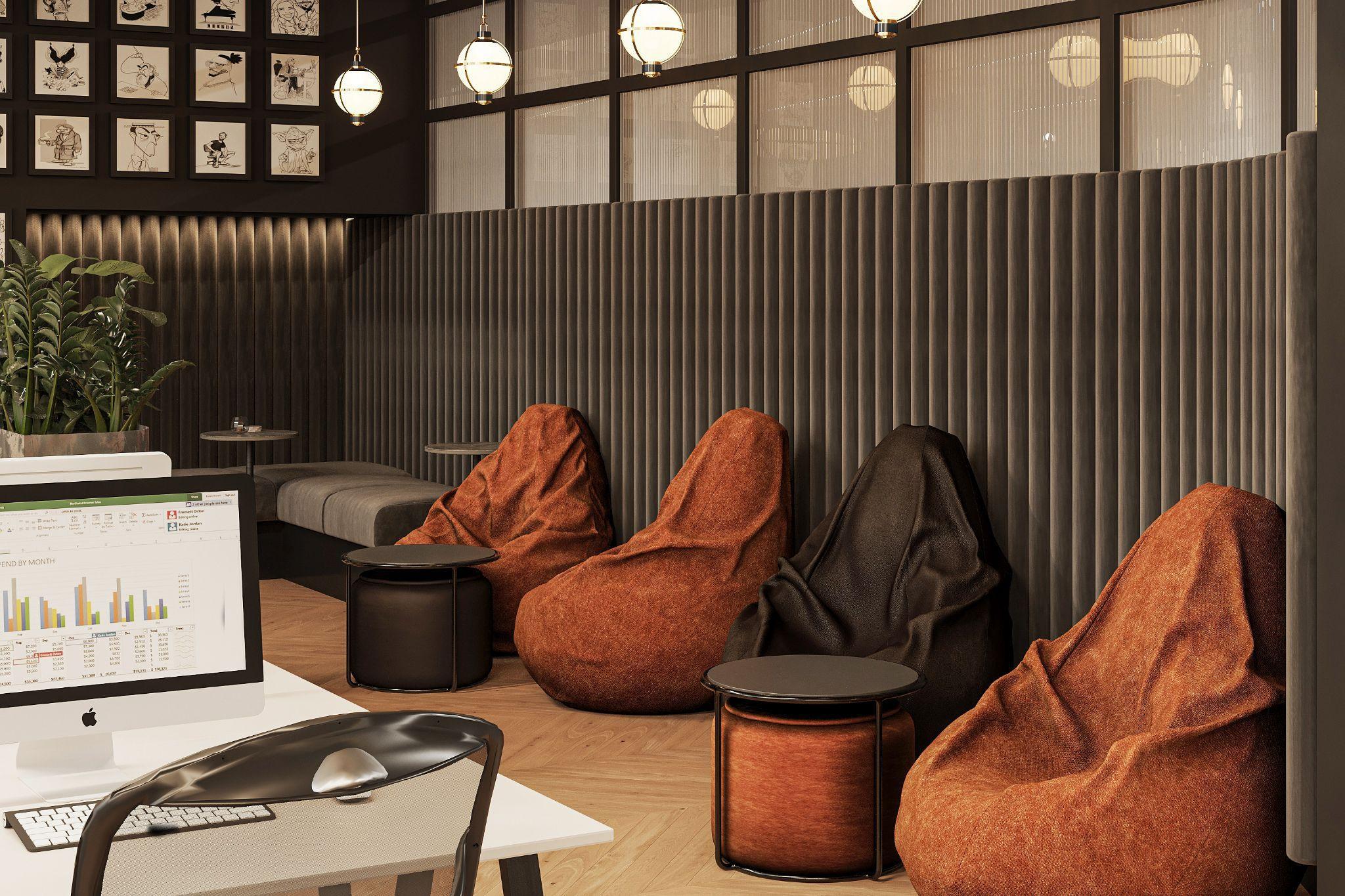
Picture ZIKZAK Architects
The result
Before enterprises realize the potential impact of acoustics on their efficiency, time will pass. For progressive leading companies, this is no longer a novelty. Employees struggle with concentration due to noise, which affects the quality and duration of task completion. In times of economic hardship, when businesses are doing everything possible to raise the bar and increase profits, improved workplace acoustics will address the issue that drives employees to prefer working from home.
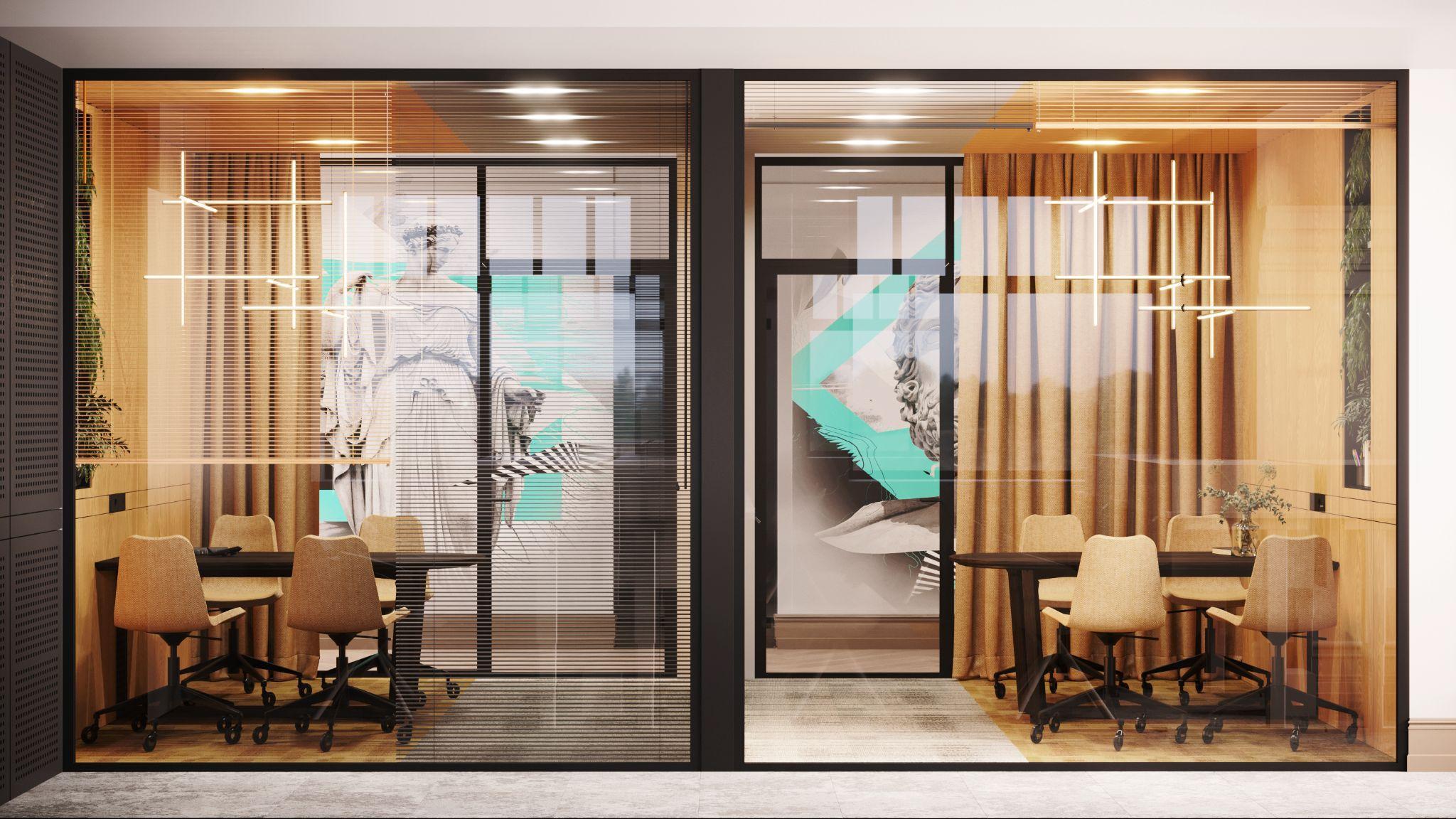
Read also:

